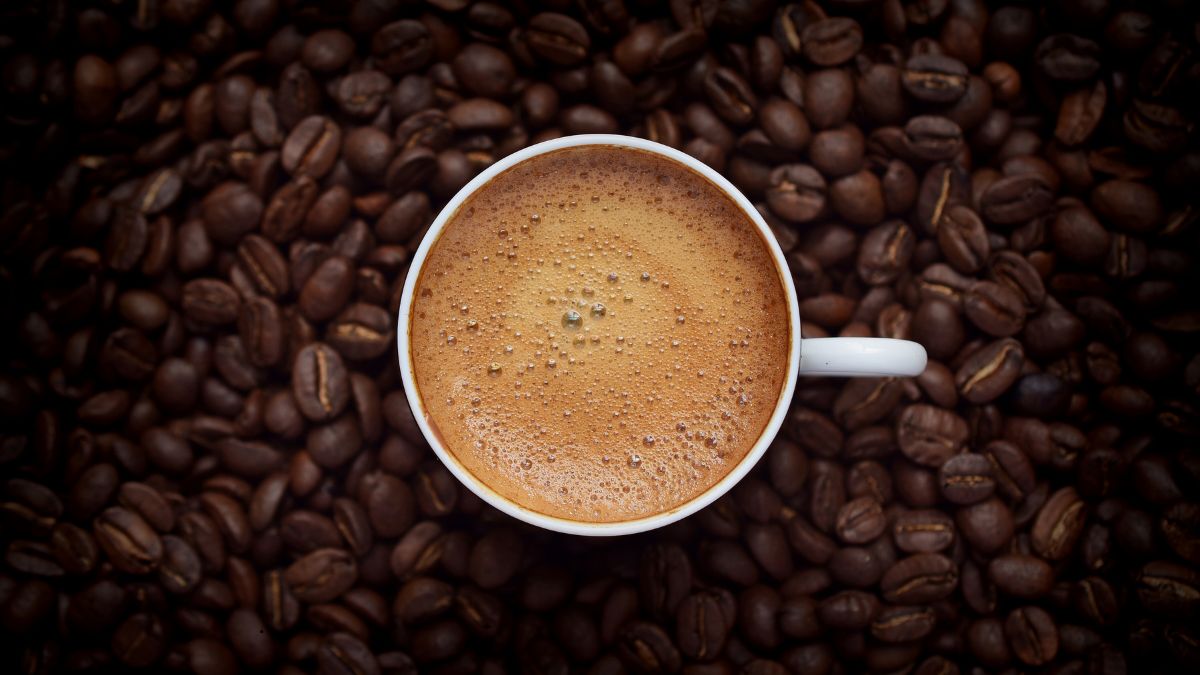
Coffee lovers in South Africa are in for more disappointment, as the price of their favourite brew continues to climb — even as national inflation hits a five-year low. According to Statistics South Africa (Stats SA), March 2025’s headline inflation dropped to 2.7%, its lowest since June 2020. However, coffee remains one of the few categories still under intense price pressure.
While the broader hot beverages category saw slight relief, with annual inflation easing to 14.4%, coffee prices surged by 18.8% — maintaining a stubborn upward trend that has persisted for over two years. February’s data already showed a 19% rise in coffee prices, and experts warn the situation is unlikely to improve anytime soon.
Global coffee crisis pushing local prices higher
A new report from the Food and Agriculture Organisation (FAO) reveals that global coffee prices hit a multi-year high in 2024, jumping 38.8% year-on-year. This dramatic spike was driven by production shortfalls in key coffee-producing nations like Brazil, Vietnam, and Indonesia — countries that together account for more than half of the world’s coffee supply.
In Vietnam, a prolonged drought caused coffee production to drop 20% in 2023/24, while exports fell for a second consecutive year. Indonesia suffered a 16.5% decline in output due to excessive rains damaging coffee cherries, slashing exports by 23%.
These disruptions, combined with global shipping bottlenecks and rising input costs, are fuelling a worldwide coffee crisis — and South African consumers are feeling the squeeze.
Local roasteries sound the alarm
Cape Town-based roastery Quaffee has echoed the FAO’s concerns, noting that supply shortages, currency fluctuations, and surging input costs are putting immense pressure on local businesses. In a statement, Quaffee said it had already increased prices by 20%–30% at the end of February 2025 and warned that further hikes may be necessary.
“We’ve endured significant price increases over the past 8 months,” the company said. “Prices for raw coffee and consumables are up by 40%–70%. We’ve reached a tipping point.”
The roastery also cited long-term structural issues that are pushing global prices even higher. These include:
-
Ageing coffee trees that are producing lower yields.
-
Ageing farmers and a lack of generational succession.
-
Climate change disrupting temperature and rainfall patterns vital to coffee cultivation.
-
Tariff threats and trade wars that may impact future global supply and pricing.
Currency volatility adding to the strain
Coffee is traded globally in US dollars, and fluctuations in the South African rand continue to impact import costs. A strong dollar has made coffee imports more expensive, worsening the burden for roasters and retailers who rely on imported beans.
Quaffee noted that while coffee inflation is often driven by factors outside South Africa’s control, the impact on consumers is immediate. “Whenever the cost of raw materials increases, the price of the final product must also rise,” the company said.
What consumers can expect
With all signs pointing to continued global supply constraints, coupled with a volatile rand and rising production costs, South African consumers should brace for more expensive coffee in 2025.
Although food and beverage inflation is currently easing overall, coffee remains an outlier — and industry insiders say the trend won’t reverse anytime soon.
Bottom Line:
Coffee inflation in South Africa remains red hot, and unless global supply stabilises, consumers will likely continue to pay more for every cup — at home or at their favourite café.

